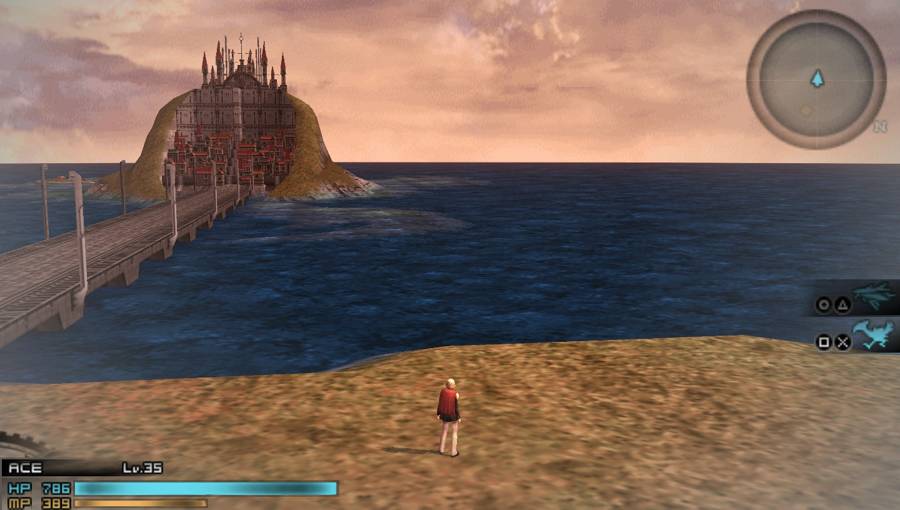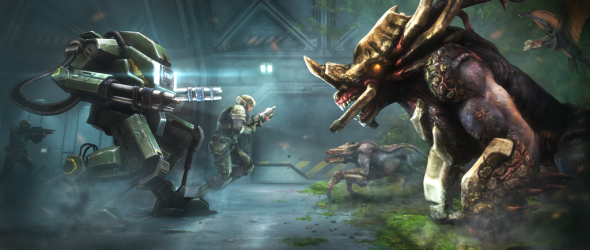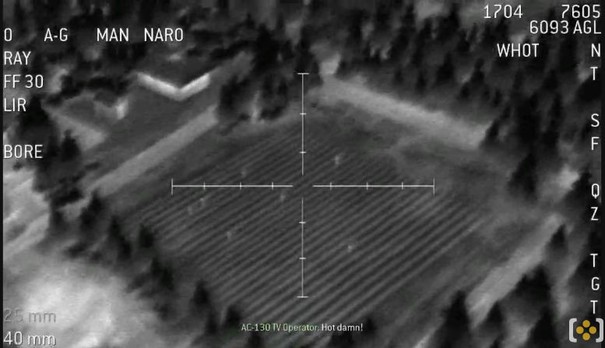

At times life gets too busy and uses all its energy on a particular project, thus resulting in getting off balance by not paying enough attention to important areas of life. This situation if taken too far can lead to frustration and intense stressful life.
So in order to avoid such a situation, it is important to bring things back into balance.
This is where the Wheel of life or the Life wheel comes into help. It is commonly used by professional life coaches and helps to consider and assess what is off balance. In fact it helps to identify the areas that need more attention.
As history states, the Wheel of life was initially painted on the walls of the Buddhist Monasteries and was called the Bhavachakra. With this concept later came in what is today called the Wheel of life, used by professionals.
The meanings of the main parts of the diagram are:
However, this Wheel of life focuses more on the awareness of the mental state. But the Life wheel that is generally practised today is more for the practical world and physical and mental serenity. It is rather a professional way of viewing life to keep it away from stress.
The Wheel of life is powerful because it gives a pictorial representation of the way one person is leading his life currently and comparing it with his desired life, or the life that he actually wants to spend. The eight main sections of the Wheel of life are: Career, Family and Friends, Romance, Fun and Recreation, Health, Money, Personal Growth, Physical Environment. These eight sections together, represent the whole life. However, the section into which the wheel needs to be divided is to be decided by the client and the coach who is helping with the balancing of life. It is not a picture of how it has been in the past or what the client wants it to be in the future. It is a snapshot taken in the moment. It is or she has achieved. The emphasis is on the client’s level of satisfaction in each area.




 Natural Selection 2: 10 Commander Tips
Natural Selection 2: 10 Commander Tips How to Get Absolutely Free Games On Steam, No Surveys, No Tricks, No Spam, Simple Signup
How to Get Absolutely Free Games On Steam, No Surveys, No Tricks, No Spam, Simple Signup The Legend of Zelda Skyward Sword Skyview Temple Walkthrough
The Legend of Zelda Skyward Sword Skyview Temple Walkthrough Fallout 4 Guide - Where To Find Infinite Amounts Of Copper For Your Settlement
Fallout 4 Guide - Where To Find Infinite Amounts Of Copper For Your Settlement Death From Above: How COD4 is the most realistic war game ever made
Death From Above: How COD4 is the most realistic war game ever made